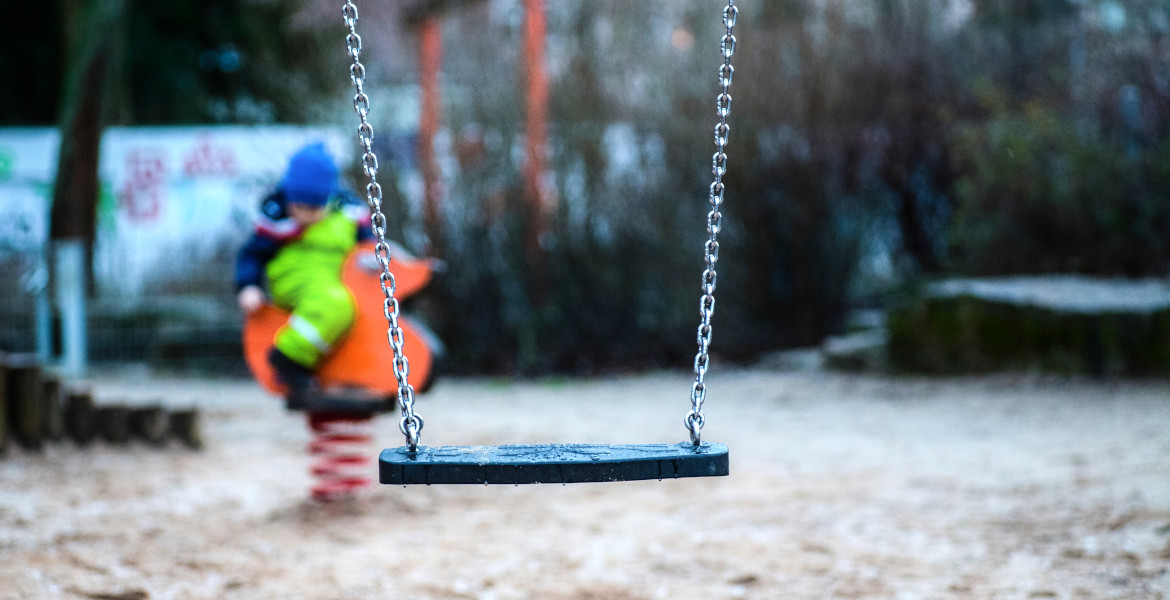Applications for debt restructuring remain at a high level, but six out of ten applications are not granted, according to the Swedish Enforcement Authority's statistics for the first half of 2024.
During the first six months of the year, more than 17,000 people applied for debt restructuring, an increase of just over 23% compared to the same period in 2022. However, just under four out of ten applications are granted.
Many applications are rejected because they do not meet the strict requirements for debt restructuring, according to the Swedish Enforcement Authority in a press release.
Per-Olof Lindh, Department Head at the Swedish Enforcement Authority, explains that many applications concern people with more temporary financial problems, a group for which debt restructuring is not intended.
– Many applications are about more temporary financial difficulties, and that is not the group debt restructuring is aimed at. Debt restructuring is not a shortcut, but a last resort, he says.
Marianne ringer Kronofogden för att hon fått avslag på skuldsanering. https://t.co/OBgsKSvB7i via @YouTube
— Rita Ekholm (@EkholmRita) June 21, 2024
The above tweet translates to: "Marianne calls the Swedish Enforcement Authority because she has been refused debt restructuring".
Tough requirements
In order to be granted debt restructuring, the applicant must be able to show that their debts cannot be repaid within 7-15 years and that attempts have been made to improve the financial situation, which may involve taking initiatives to reduce expenses, increase income or get control of a gambling addiction.
– We always advise to be proactive. Don't wait to act until you get an answer to your application, the risk is that debts will only continue to increase, says Lindh, urging those who need advice to contact the municipality's budget and debt counselor.
A worrying trend is that more older people are applying for debt relief. The number of applications from women over 65 has increased by 13% since the beginning of the year.
– Many older people find it difficult to control their income and have been hit hard by the increased costs of recent years. There are many in the group of older people who probably meet the requirements, but who have not previously applied for debt relief.
There are also large regional differences. In Västerbotten County, the number of applications has increased the most, by 28%, while Kronoberg County has seen a decrease of 25%. At the same time, the number of applications in the 18-30 age group has decreased by 13% compared to the same period last year.
Facts about debt restructuring in Sweden
Debt restructuring usually involves paying off part of your debt according to a payment plan and living on a subsistence level for five years - any income above that is used to pay off the debt. You are debt-free when the debt restructuring ends.
Before applying for debt relief
- Contact the person you owe money to. You may be able to agree to split the payment or find another solution.
- Try to increase your income, for example by looking for a job, applying for benefits you may be entitled to or selling things you don't need.
- Pay your debts as best you can - if you have a wage garnishment, this is one way to pay.
- Avoid taking on new debts.
- Make a budget and adjust your finances so that you can survive month to month on what you get to keep after wage garnishment.
- Review your costs, there may be cheaper options for your fixed costs or subscriptions, and subscriptions you can do without.
- Seek help from budget and debt counseling in your municipality.
Source: via.tt.se/Kronofogden





